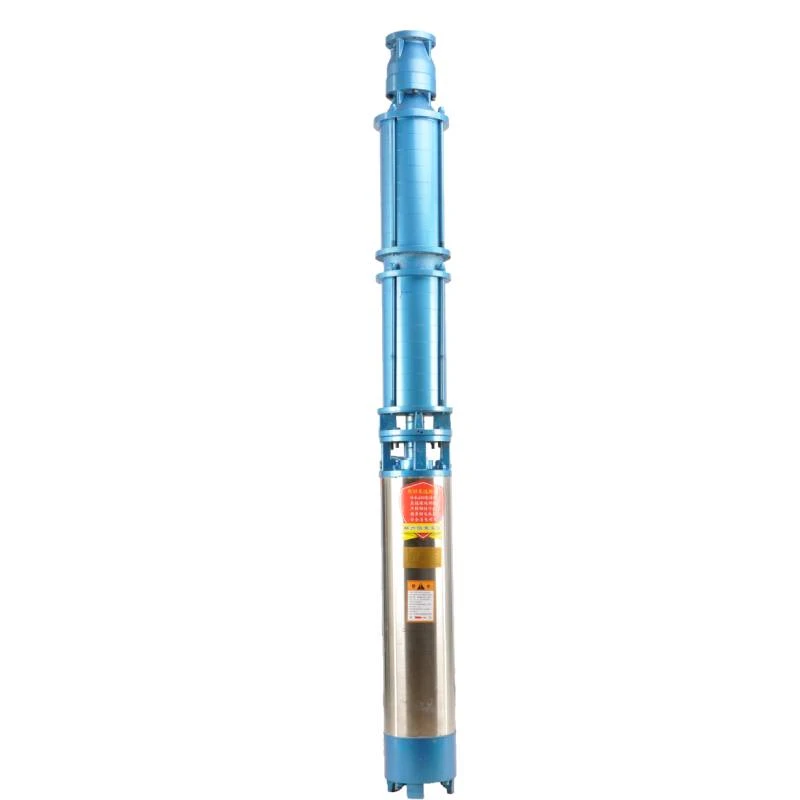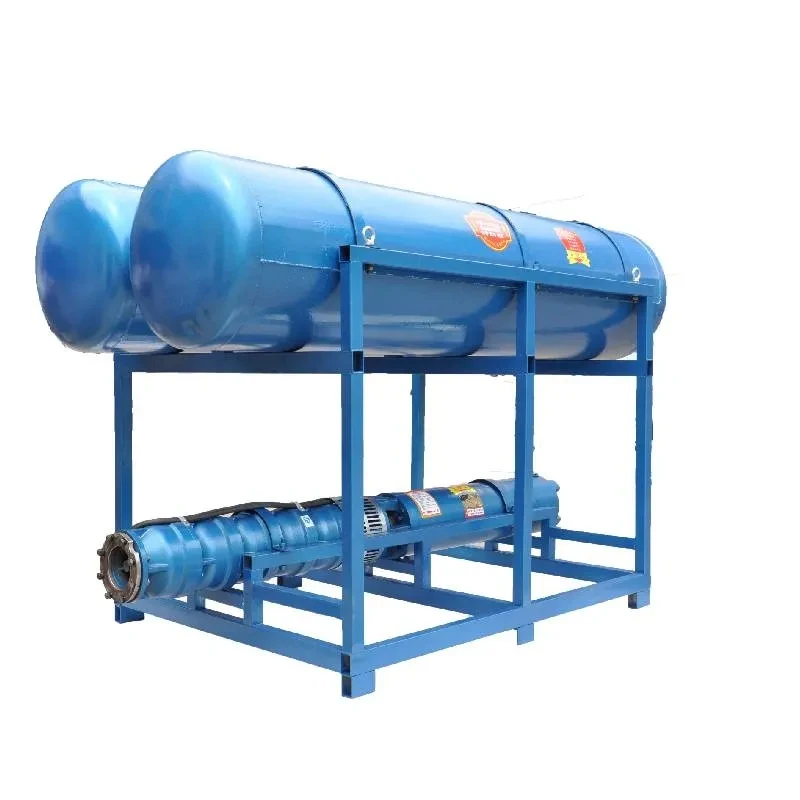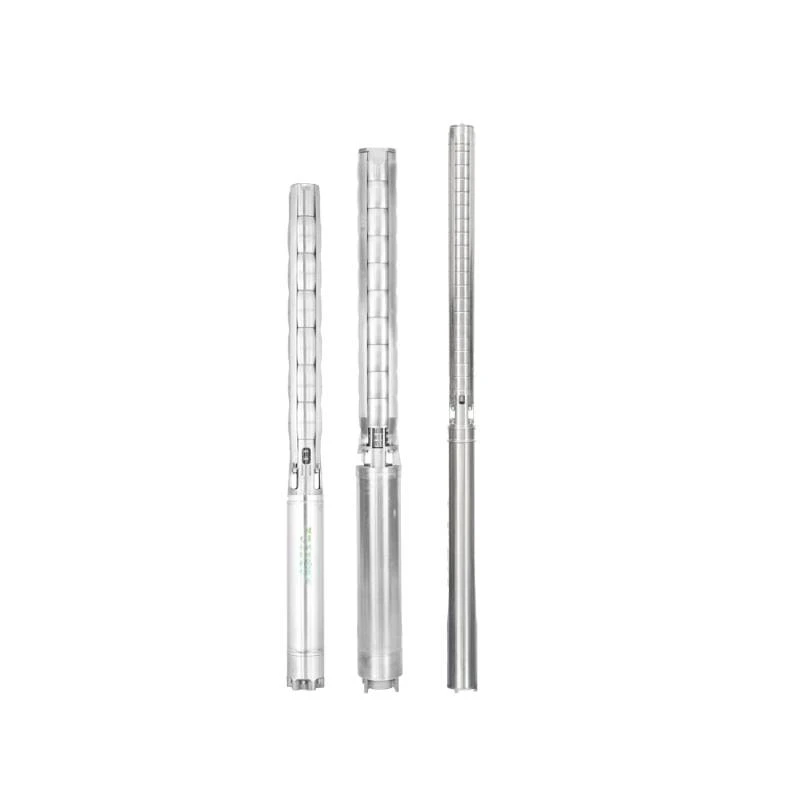Lis . 20, 2024 09:26 Back to list
submersible sump pump installation
Installing a Submersible Sump Pump A Comprehensive Guide
When it comes to protecting your home from the damaging effects of water infiltration, one of the most effective solutions is a submersible sump pump. These pumps are designed to sit in a pit in your basement or crawl space, actively removing excess water and preventing flooding. If you're considering installing a submersible sump pump, this article will guide you through the essential steps and considerations involved in the process.
Understanding the Submersible Sump Pump
A submersible sump pump is a waterproof device that is designed to be submerged in water. Unlike pedestal sump pumps, which have the motor above ground, submersible pumps are completely housed in a sealed unit, making them quieter and more efficient. They start automatically when water levels rise above a certain point, typically using a float switch. These pumps can handle a large volume of water and are ideal for areas prone to heavy rainfall or snowmelt.
Choosing the Right Submersible Sump Pump
Before installation, it’s crucial to select the right sump pump for your needs. Consider the following factors
1. Water Volume Assess how much water your sump pump needs to handle. Pumps are rated by the number of gallons per hour (GPH) they can move. 2. Horsepower Most sump pumps range from 0.5 to 1.5 horsepower. Higher horsepower means a greater capacity for pumping water.
3. Vertical Lift Check the vertical lift capability of the pump, which denotes how high it can push water vertically.
4. Durability Look for pumps made of corrosion-resistant materials, especially if you live in an area with high iron content in the water.
5. Features Additional features, such as backup battery systems or alarms for high water levels, can enhance the performance and reliability of your sump pump.
Tools and Materials Needed
Before starting the installation, collect the following tools and materials
- Submersible sump pump - Sump basin (if not already present) - PVC pipe for discharge line - Hose clamps - Elastic gasket or Teflon tape - Level - Tape measure - Drill - Screwdriver - Safety gear (gloves, goggles)
submersible sump pump installation

Installation Steps
1. Preparation Find a suitable location for the sump basin. The ideal spot is in the lowest part of the basement or crawl space. Ensure the area is free of debris.
2. Digging the Pit Use a shovel to dig a pit that is about 2 feet deep and 18 inches wide. The hole should be deep enough to accommodate the sump basin, which is normally a pre-made plastic or concrete cylinder.
3. Installing the Basin Place the sump basin into the hole. Ensure it sits level with the surrounding floor. If necessary, use gravel to stabilize it.
4. Connecting the Pump Follow the manufacturer’s instructions to connect the submersible pump to the basin. Typically, this involves placing the pump inside the basin and attaching the discharge pipe.
5. Laying the Discharge Line Install the PVC discharge line from the pump to an exterior wall. Ensure that it has a slope away from the house to prevent water from flowing back.
6. Adding the Float Switch Set the float switch at the appropriate height so the pump activates when water reaches a certain level. This is crucial for efficient operation.
7. Sealing and Testing Once everything is connected, seal any openings and test the system. Pour water into the basin to see if the pump activates and drains correctly.
8. Final Checks Ensure all connections are secure, and there are no leaks. Test the system periodically to maintain and troubleshoot any issues.
Maintenance Tips
After installation, regular maintenance will help ensure the longevity and efficiency of your sump pump. Check the pump at least once every few months to remove debris, test the float switch, and ensure the discharge line is clear. Also, consider a backup system in case of power outages.
Conclusion
Installing a submersible sump pump is a proactive measure to prevent water damage and maintain the integrity of your home. By following this step-by-step guide, you can effectively equip your home with this critical defense against flooding. Always remember to adhere to local building codes and, when in doubt, consult a professional to ensure a safe and successful installation.
-
Troubleshooting for Water-Filled Submersible Pumps
NewsJun.04,2025
-
Troubleshooting for Floating Deep Well Submersible Pumps
NewsJun.04,2025
-
How to Choose SS Submersible Pump for Deep Well Applications
NewsJun.04,2025
-
Floating Deep Well Submersible Pump Cost: Factors Affecting Pricing
NewsJun.04,2025
-
Buying Guide for Deep Well Submersible Pumps
NewsJun.04,2025
-
Best Submersible Pumps for Agriculture and Irrigation
NewsJun.04,2025
-
 Troubleshooting for Water-Filled Submersible PumpsSubmersible pumps are essential for various applications, including irrigation, drainage, and water supply systems.Detail
Troubleshooting for Water-Filled Submersible PumpsSubmersible pumps are essential for various applications, including irrigation, drainage, and water supply systems.Detail -
 Troubleshooting for Floating Deep Well Submersible PumpsWhen it comes to reliable water extraction solutions, the floating deep well submersible pumps stands out as a top choice for both residential and industrial applications.Detail
Troubleshooting for Floating Deep Well Submersible PumpsWhen it comes to reliable water extraction solutions, the floating deep well submersible pumps stands out as a top choice for both residential and industrial applications.Detail -
 How to Choose SS Submersible Pump for Deep Well ApplicationsWhen it comes to deep well water extraction, selecting the right pump is crucial for efficiency, durability, and long-term performance.Detail
How to Choose SS Submersible Pump for Deep Well ApplicationsWhen it comes to deep well water extraction, selecting the right pump is crucial for efficiency, durability, and long-term performance.Detail
